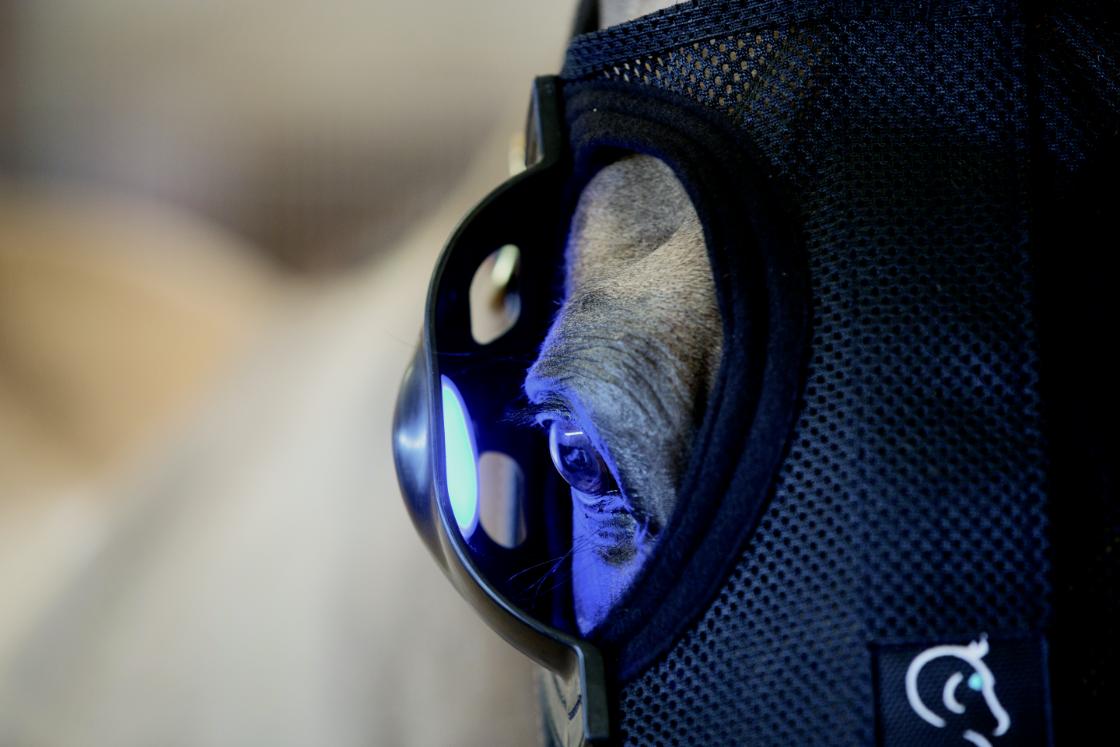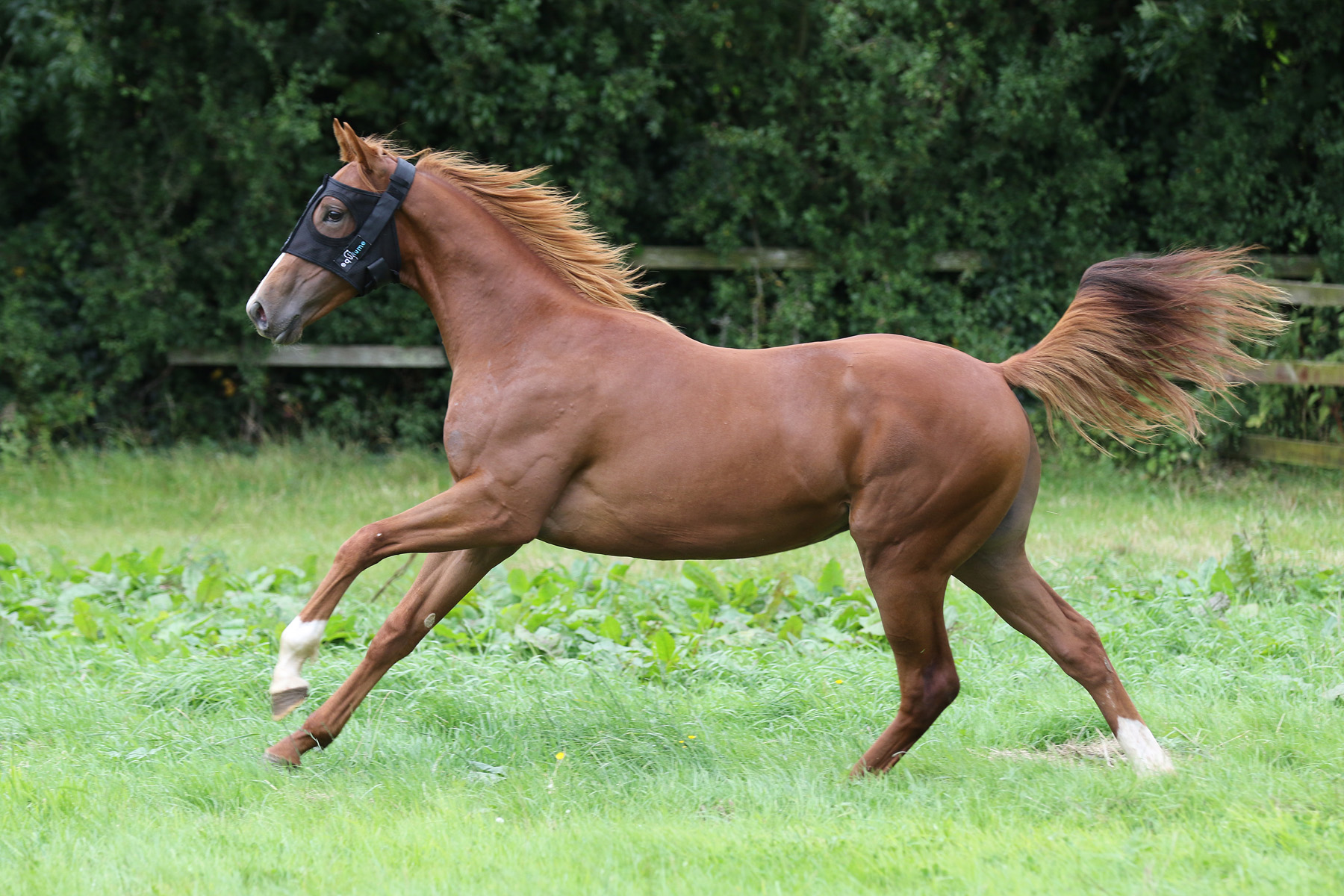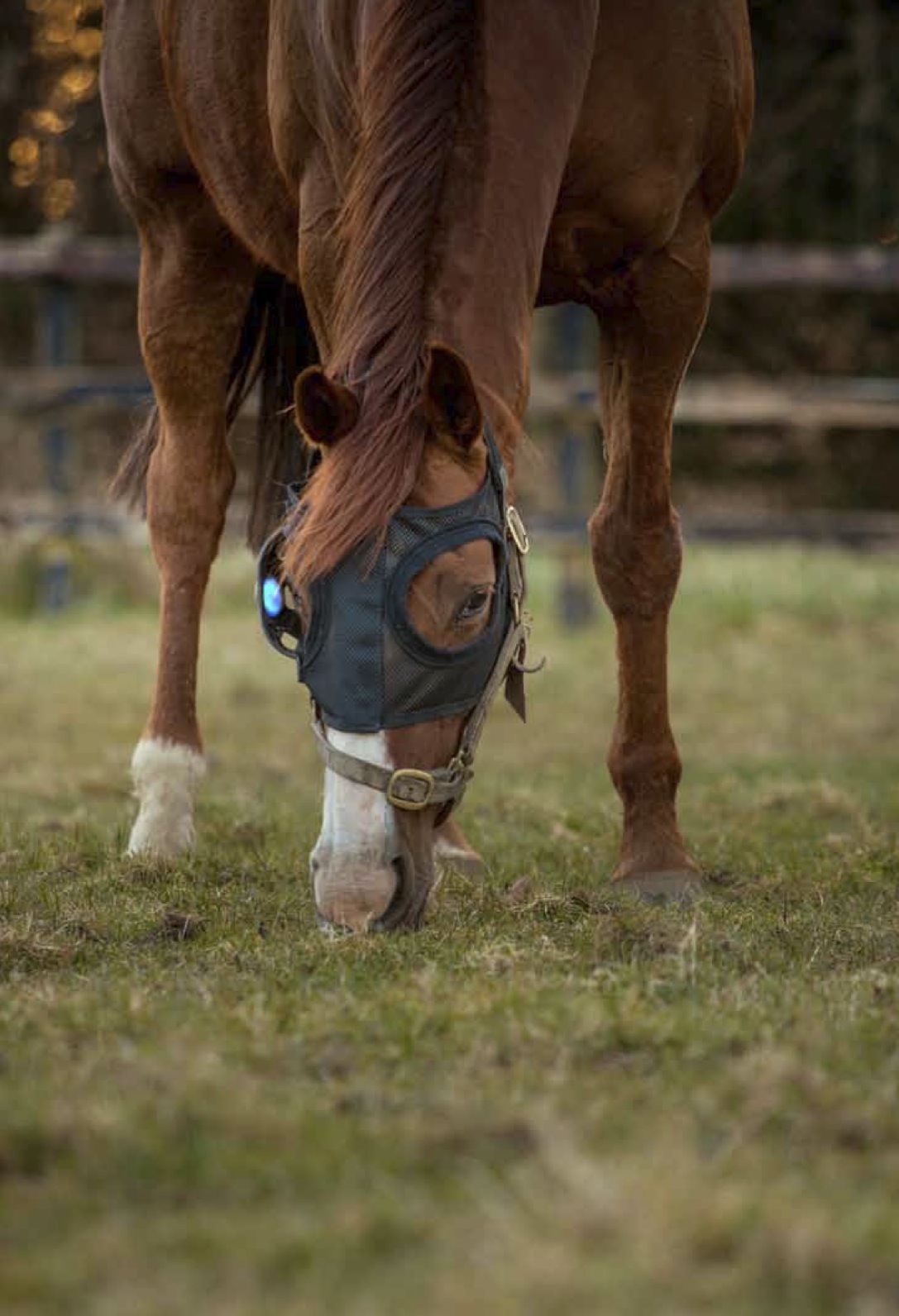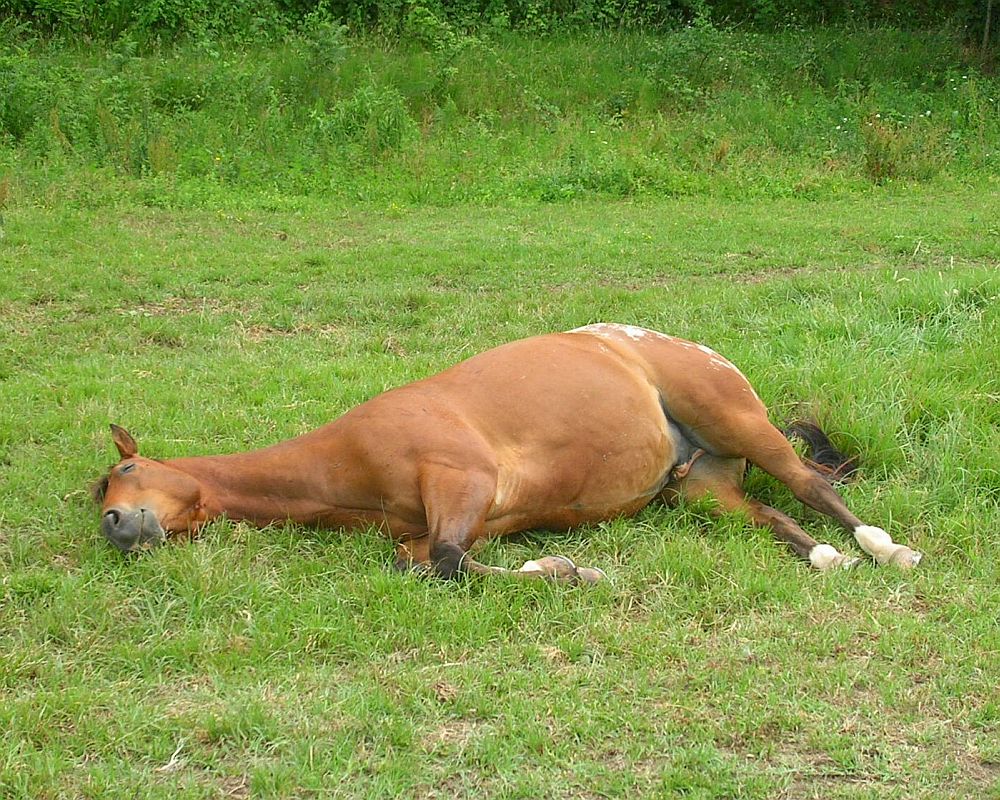
Overview:
The Thoroughbred industry has an imposed birth date for all Thoroughbreds of Jan 1 in the northern hemisphere. This has placed a demand on breeders to have mares foal early in the year so that offspring are mature enough to compete for high prices at the annual horse sales and to perform well on the track as two and three years old. As mares are naturally long day breeders and normally only become reproductively active in mid-late Spring, daylight is a key influencer of their reproductive physiology. Ground-breaking research conducted at Lyons Research Farm by UCD’s Head of Equine, Dr. Barbara Anne Murphy, investigated the intensity and wavelength of light that could influence reproductive hormones in the mare. This research gave rise to the development of the Equilume Light Mask, an innovation that has formed the basis of a UCD spin-out company, and greatly impacted the way mares are managed on breeding farms the world over.


